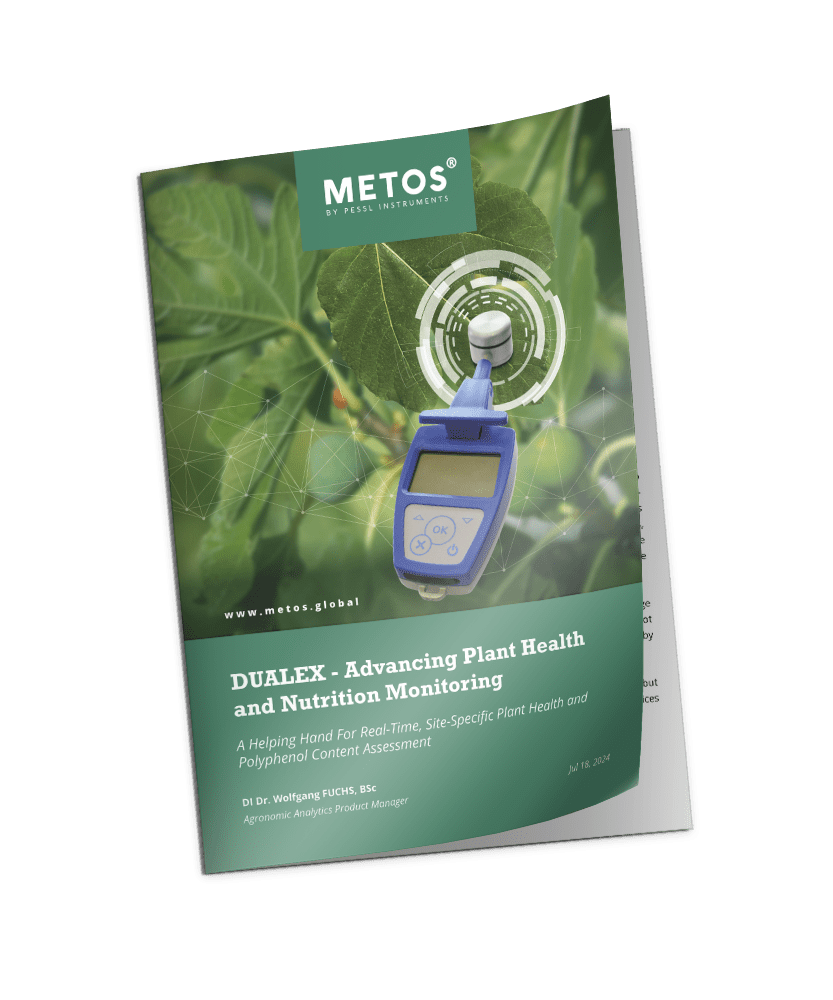Дуалекс
Measure Plant Nitrogen and Chlorophyll Instantly, Without Damaging the Leaf
Dualex delivers fast, non-destructive readings of chlorophyll and flavonols for accurate insight into plant nutrition and physiology, trusted in both field and research environments.

Про Дуалекс
Thanks to its patented optical technology, Dualex provides precise, repeatable measurements of chlorophyll and flavonols directly on the leaf, in seconds and without destructive sampling.
It helps you quantify nitrogen balance, monitor plant health, and optimize crop management or research outcomes with confidence.
- Non-destructive, in site measurements
- Instant data on chlorophyll and flavonols
- Proven correlation with laboratory analysis
- Reliable indicator of nitrogen balance (NBI®)
- Lightweight, portable, and easy to use
- Consistent performance in both field and controlled environments
Accurate measurement of chlorophyll and flavonols
Хлорофіл відіграє життєво важливу роль у фотосинтезі та розвитку рослин. Dualex вимірює вміст хлорофілу, аналізуючи світло, що проходить через листок з певною довжиною хвилі. Вміст хлорофілу подається як абсолютне значення в мкг/см².
За допомогою одного вимірювання Dualex фіксує не тільки вміст хлорофілу, а й надає індекси флавонолів.
Флавоноли в основному синтезуються після впливу світла. Як наслідок, вони є гарним індикатором історії взаємодії рослини зі світлом.
Флавоноли належать до групи поліфенолів, відомих своїми різноманітними перевагами для здоров'я. Ці сполуки мають антиоксидантні властивості, які допомагають зменшити пошкодження клітин і запалення. Флавоноли пов'язані з покращенням здоров'я серцево-судинної системи та мають потенціал для зниження ризику нейродегенеративних захворювань, таких як хвороба Альцгеймера.
Dualex вимірює флавоноли, аналізуючи їх скринінг за флуоресценцією хлорофілу. Розумна вимірювальна система використовує різні довжини світлових хвиль для збудження хлорофілу, вимірювання його флуоресценції, а потім обчислює результати. Флавоноли представлені у відносному поглинанні.
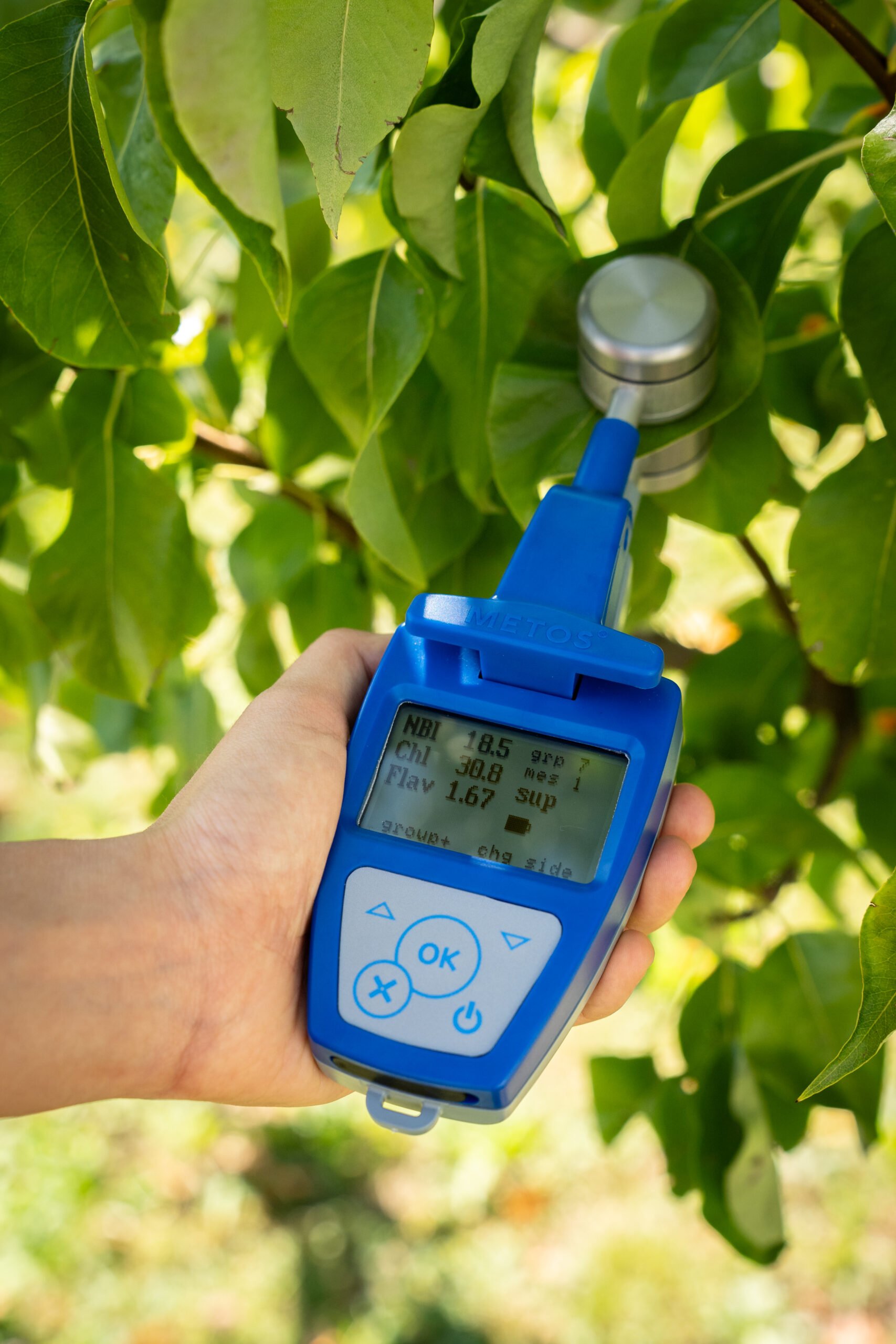
Як це працює?
No destructive sampling. No waiting for lab results. Just instant, accurate data where it matters most.
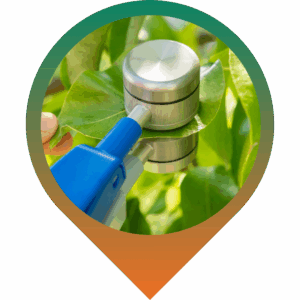

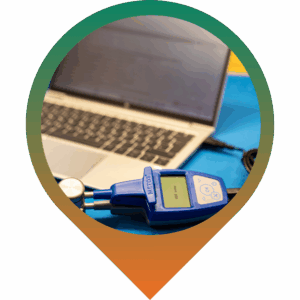
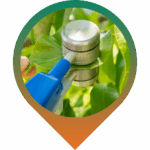
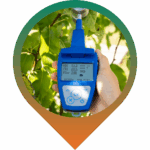
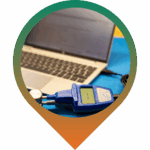
Хочете дізнатися більше? Download The Use Case Brochure
НБР®: Індекс збалансованості азоту
Хлорофіл часто використовують як індикатор азотного статусу рослин. Кілька років досліджень та експериментів показали, що поліфеноли, зокрема флавоноли, також є хорошими індикаторами азотного статусу рослин.
Індекс азотного балансу NBI® (Nitrogen Balance Index) об'єднує хлорофіл і флавоноли в єдиний, більш точний результат. Це індикатор азотного статусу рослин, який безпосередньо корелює з масовим вмістом азоту. NBI® менш чутливий до змін умов навколишнього середовища, ніж хлорофіл (вік листя, товщина листя...).

This dual-parameter approach provides a more stable and representative indicator than single-variable methods, supporting better analysis and more informed decisions.
Request a non-binding offer
Хочете дізнатися більше?
Зануртеся в наш НОВИЙ БЛОГ для отримання детальної інформації про Dualex та останніх новин.
Крім того, не пропустіть можливість Завантажте нашу вичерпну брошуру БЕЗКОШТОВНО!
Заходьте зараз, щоб поглибити свої знання та залишатися в курсі подій!
ПОШИРЕНІ ЗАПИТАННЯ

